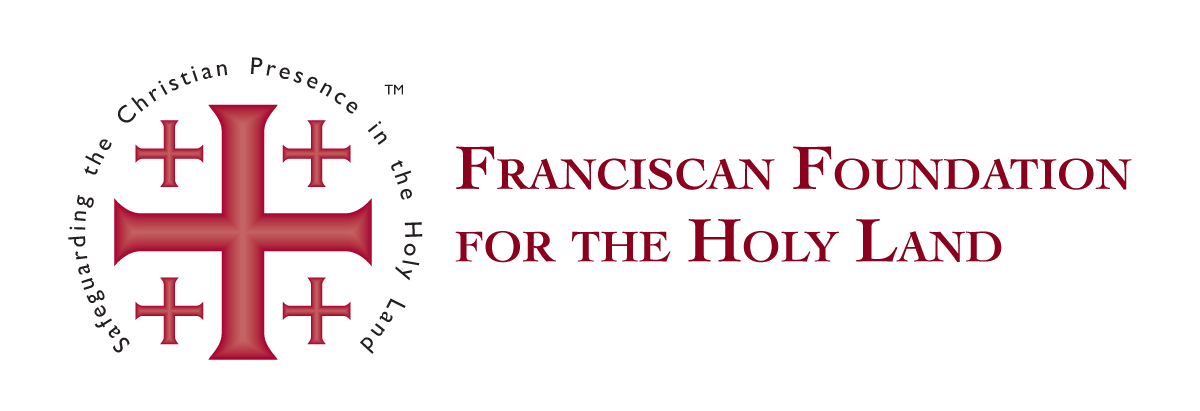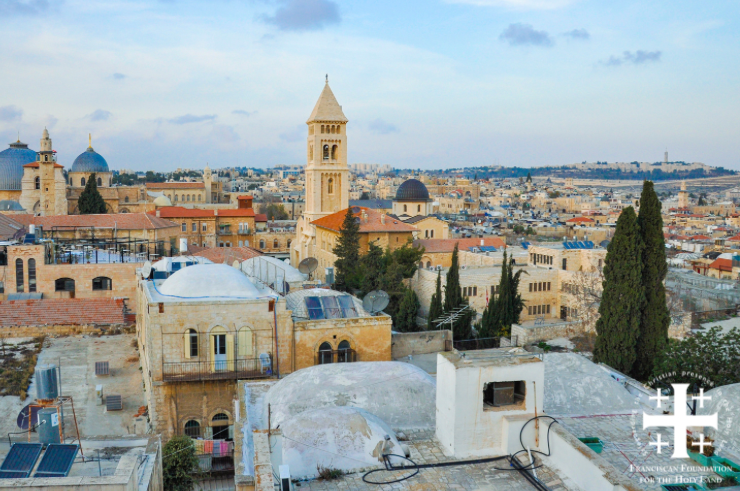The early start did not prevent music lovers to make the move. Thursday, March 12, during the daily Mass at the Holy Sepulchre, the Custos blessed the new organ of St. Mary Magdalene Chapel.
If many of the faithful were present, many were also the priests and clerics that came to attend this rather unusual ceremony. The Mass began at the foot of the new instrument in front of the altar of St. Mary Magdalene and next to the Chapel of the Apparition.
Father Custos introduced the blessing with a few words recalling the importance of the organ in the liturgy: “We are gathered to bless the new organ, installed for our liturgical celebrations to become more beautiful and solemn. The purpose of music in the liturgy is above all to glorify God and lead us to holiness.”
Because of its length, the traditional ceremony of an organ blessing could not be followed. This normally takes the form of a dialogue between the priest and the organ. Eight times the celebrant invites the organ to “awake” (“Awake, organ, sacred instrument, sing the praise of God our Creator and our Father”), to which the organ replies in short improvisations.
At the Holy Sepulchre the blessing took the form of a prayer recalling the majestic greatness of God and the need for man to “add his voice to the universal hymn of the prayer.”
Immediately after the blessing, the song of the organ echoed under the fingers of the Viennese organist, Pr. Johannes Ebenaurer. The votive Mass of the Resurrection continued then in a tangible solemnity. In his homily, the Custos wished to recall the importance of the place for a Resurrection Mass. “Here Christ is definitely resurrected. The empty tomb is here to remind us that He dies no more.”
The date chosen for the blessing fell on the day of Mid-Lent. This was the opportunity for Fr. Pizzaballa to stress again the possible parallel with the center of Christianity: “In the Holy Sepulchre the joy never ends. Even during Lent, we cannot remain silent about the reality of the Resurrection. In a sense, the organ is also present to sing the glory of the Risen. Music plays an important part in the liturgy.”
If the Mass was celebrated as usual in Latin, the readings were read in German. The new organ was in fact designed by the Austrian organ-building, Rieger. A famous family of organ builders that has produced many instruments in the Holy Land: Jerusalem (Convent of St. Saviour, Gethsemane), Nazareth and Bethlehem.
However, nothing would have been possible if the Office of the Holy Land in Austria had not entirely financed the project (as the previous ones) through various actions. This is what explains the presence at Mass both of the Austrian Ambassador as well as Mr. Wendelin Eberle, current head of the Rieger organ building.
On the practical side, the new instrument will be used primarily to accompany the morning Mass at the Tomb and daily processions, as stated by Fr. Petrus, Vice-treasurer of the Custody and organist. “The liturgical mission of the organ is fully met. Because of its proximity to the scene of Latin celebrations at the Holy Sepulchre, the instrument will really help our liturgies. It was not easy given the level of dust in the Holy Sepulchre. The pipes of the new organ are completely “hidden” in the woodwork.”
With its 16 games, the organ of St. Madeleine will come as reinforcement of the great organ, already present at the Holy Sepulchre in the gallery above the aedicule. An ingenious process makes possible for the organist to play both organs on the same keyboard.
Completed during 2014 summer, the installation of the organ was not easy given the Status Quo. But now all the ingredients are combined to give to liturgies the best possible solemnity. Ad majorem Dei gloriam!
Nicolas Kimmel





